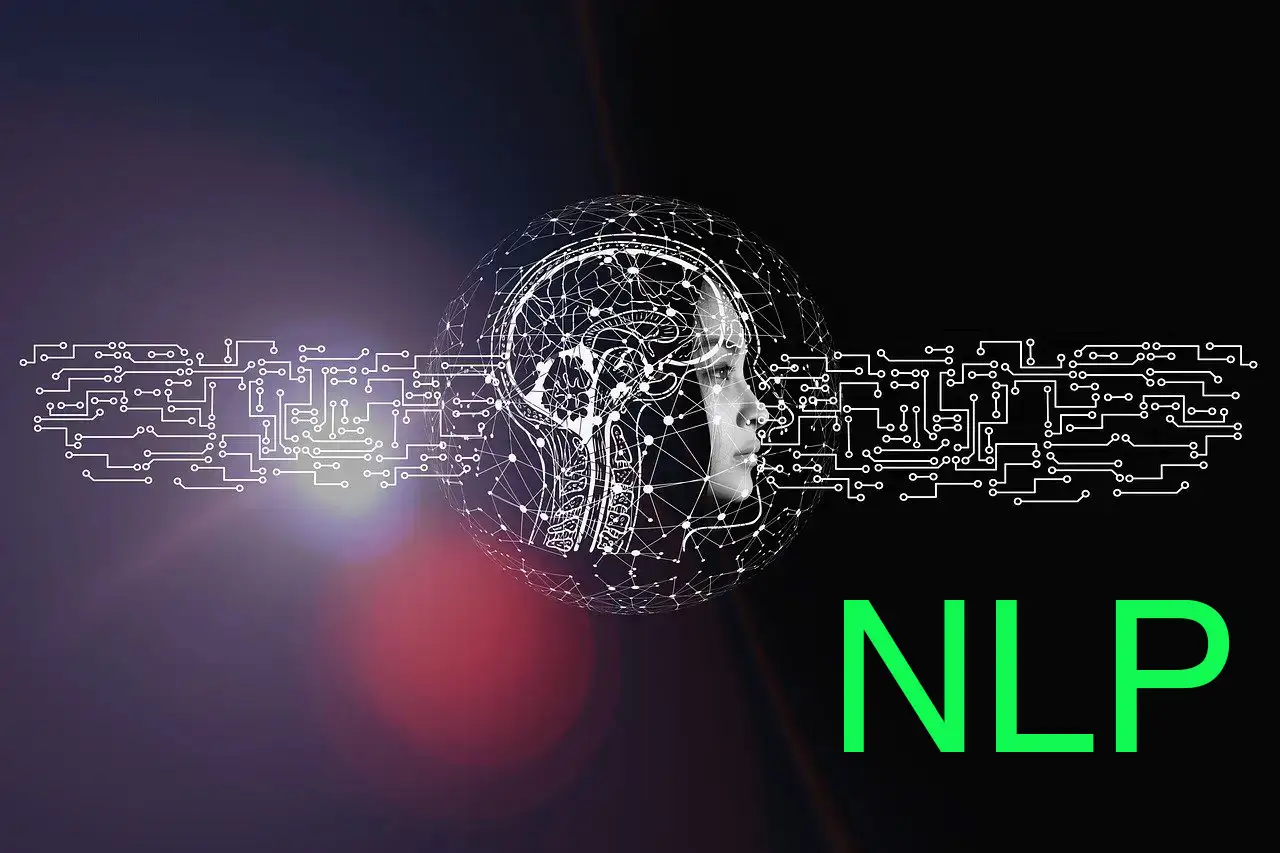Physical Address
304 North Cardinal St.
Dorchester Center, MA 02124
Physical Address
304 North Cardinal St.
Dorchester Center, MA 02124

Artificial Intelligence (AI) has revolutionized various aspects of our lives, and one intriguing domain is its ability to comprehend and generate human-like text. In this article, we delve into the intricacies of how AI writing tools understand human language, unraveling the mystery behind their linguistic prowess.
Understanding how AI writing tools decipher human language requires grasping the fundamental concepts that underpin their functioning. Keywords such as “AI language understanding,” “NLP (Natural Language Processing),” and “text generation” form the bedrock of this exploration.
– AI language understanding involves NLP techniques.
– Text generation models analyze patterns in massive datasets.
– Semantic analysis enables comprehension of context and nuances.
– Keywords like “NLP,” “text generation,” and “semantic analysis” are pivotal.

From its inception, AI language understanding has evolved significantly. Initially, rule-based systems attempted to decode language patterns, but limitations became apparent. Enter machine learning and deep learning, marking a paradigm shift. (H) Machine Learning’s Role in AI Language Decoding
Machine learning algorithms play a crucial role in AI language decoding. They learn patterns from vast datasets, allowing AI models to make predictions and generate contextually relevant text. The keywords “machine learning” and “language decoding” take center stage in this context. Deep Dive into Natural Language Processing (NLP)
NLP, a subfield of AI, is instrumental in endowing machines with the ability to understand, interpret, and generate human-like text. The synergy of NLP with machine learning amplifies the efficacy of AI writing tools. The keywords “NLP” and “AI writing tools” become focal points in unraveling this synergy.
At the heart of AI language comprehension lies semantic analysis. This process allows AI models to grasp the meaning behind words and phrases, considering the contextual nuances. The keywords “semantic analysis” and “contextual nuances” play a pivotal role in understanding this crucial aspect.Context is King: The Significance of Contextual Understanding
AI writing tools excel not just in stringing words together but in comprehending the context within which they operate. This contextual understanding is a game-changer, ensuring that the generated text aligns seamlessly with the intended meaning. “Contextual understanding” emerges as a key phrase in this exploration.
Big data serves as the fuel that powers AI language models. These models analyze massive datasets to discern intricate language patterns, enabling them to generate text that mirrors human expression. “Big data” becomes a critical keyword in unraveling this symbiotic relationship between data and language generation.
While AI writing tools showcase remarkable prowess, they are not devoid of challenges. Common pitfalls include ambiguity, cultural nuances, and the risk of biased outputs. Navigating these challenges requires continual refinement of algorithms and ethical considerations. The keywords “AI challenges,” “bias mitigation,” and “algorithm refinement” take center stage.
The evolution of AI language understanding extends beyond textual content. Multimodal models can comprehend and generate content across various modalities, including images and videos. This expansion broadens the scope of AI language capabilities. “Multimodal AI” becomes a noteworthy keyword in this context.

As technology marches forward, the future holds exciting prospects for AI language understanding. Advancements in neural architecture, continual learning, and enhanced contextual awareness promise even more sophisticated AI writing tools. The keywords “neural architecture,” “continual learning,” and “contextual awareness” set the stage for the future landscape.
With great power comes great responsibility. Ethical considerations are paramount in the realm of AI language understanding. Striking a balance between innovation and ethical usage ensures that AI writing tools contribute positively to society. “Ethical AI” emerges as a guiding keyword in this exploration.
In conclusion, the journey of understanding how AI writing tools decode human language takes us through the realms of NLP, machine learning, semantic analysis, big data, challenges, multimodal capabilities, and the future landscape. As we navigate this intricate landscape, the keywords woven into this narrative serve as guideposts, shedding light on the fascinating world of AI language understanding.
Decoding the magic of AI writing tools is not just a technological exploration; it’s a voyage into the intricate dance between human expression and artificial intelligence. As we continue to push the boundaries of linguistic innovation, the synergy between man and machine becomes increasingly profound. So, next time you witness a seamlessly generated piece of text, remember the invisible hand of AI working diligently behind the scenes, understanding and echoing the essence of human language.